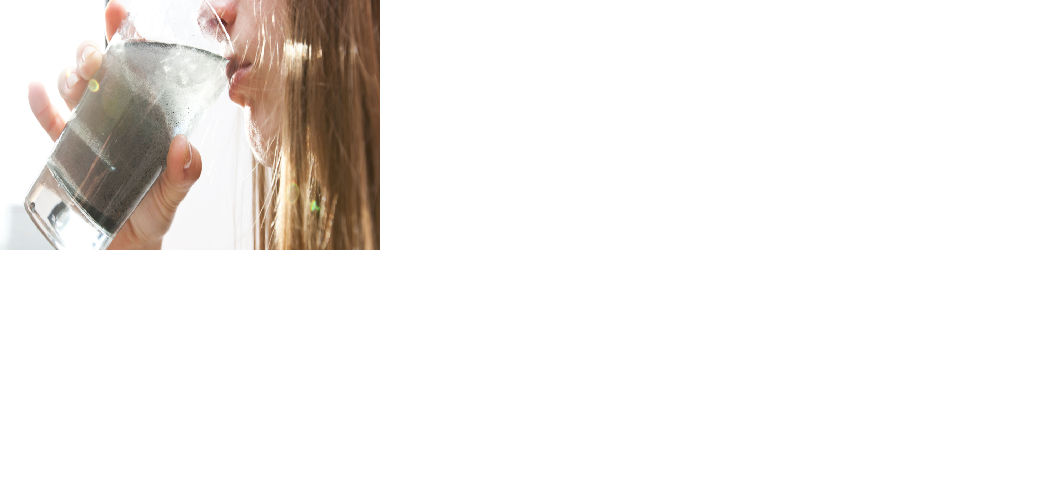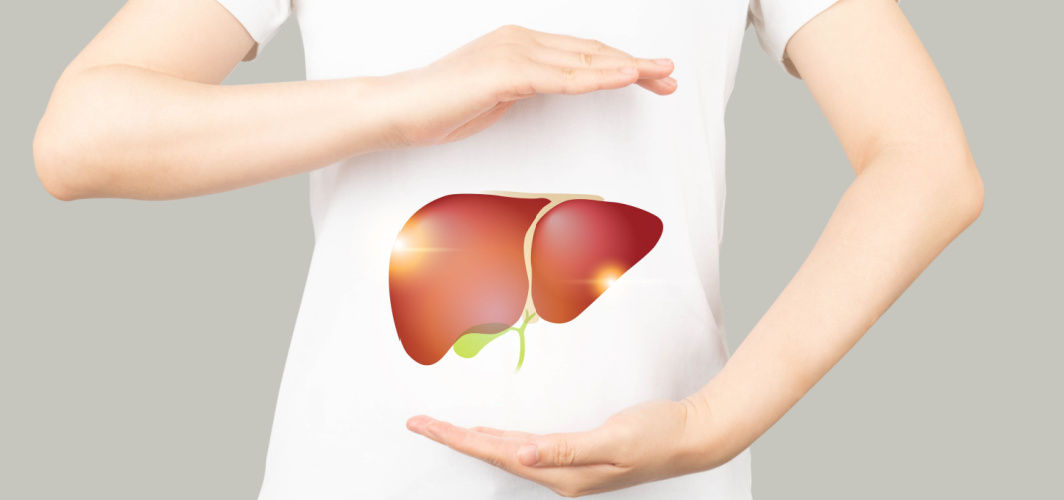General Health
Water Borne Diseases: List, Risk, Causes & Prevention
8 min read
By Apollo 24|7, Published on - 26 July 2023, Updated on - 07 August 2024
Share this article
0
0 like

Waterborne diseases are a significant global health issue, particularly in India as it affects around 37.7 million people annually. These diseases are caused by the ingestion of water, contaminated with microorganisms or chemical pollutants. Waterborne diseases can cause symptoms such as diarrhoea, vomiting, abdominal pain and fever. In severe cases, they can result in dehydration and organ failure. By understanding the risk factors and implementing preventive measures, we can reduce the burden of these diseases.
Common Waterborne Diseases
1. Typhoid Fever
Typhoid fever is a common waterborne disease in India caused by the bacterium Salmonella typhi and is transmitted through contaminated water and food.
Symptoms
Symptoms of typhoid fever include:
- High fever
- Headache
- Stomach pain
- Loss of appetite
In severe cases, it can lead to life-threatening complications such as intestinal perforation or infection of the bloodstream.
Treatment
Treatment for typhoid primarily involves the use of antibiotics, such as fluoroquinolones or cephalosporins. Prompt diagnosis and early initiation of treatment are crucial to prevent complications.
Prevention
We can prevent typhoid fever by:
- Boiling or filtering water before drinking.
- Avoiding the consumption of raw or undercooked food.
- Practising good personal hygiene by washing hands before cooking and eating food.
- Getting vaccinated for typhoid fever, especially for individuals travelling to high-risk areas.
2. Cholera
Cholera is a serious waterborne disease caused by the bacterium Vibrio cholerae, which is typically found in contaminated water or food. The main cause of cholera outbreaks is poor sanitation and lack of access to clean drinking water.
Symptoms
Symptoms of cholera include:
- Severe diarrhoea
- Vomiting
- Dehydration
If left untreated, it can lead to death within hours due to complications from severe dehydration and electrolyte imbalances.
Treatment
Treatment for cholera focuses on rehydration and antibiotic therapy to eliminate the bacteria. Oral rehydration solutions are prescribed to replace lost fluids and antibiotics are given to shorten the duration of illness and reduce transmission.
Prevention
Prevention of cholera involves ensuring access to safe drinking water and proper sanitation practices. Some preventive measures include the following:
- Boiling or treating water with chlorine or iodine tablets before consumption.
- Washing hands frequently with soap and clean water.
- Getting vaccinated against cholera for individuals at high risk or during outbreaks.
3. Hepatitis A
Hepatitis A, caused by the hepatitis A virus (HAV), is transmitted through contaminated water or food and primarily affects the liver. Poor sanitation, inadequate personal hygiene and consuming raw or undercooked shellfish are common causes of HAV transmission.
Symptoms
Symptoms of hepatitis A usually appear 2-6 weeks after exposure. They include:
- Fatigue
- Fever
- Loss of appetite
- Nausea
- Vomiting
- Abdominal pain
- Dark urine
- Jaundice
While most people recover fully within a few months, complications such as liver failure may occur in older adults or individuals with pre-existing liver conditions.
Treatment & Prevention
There is no specific treatment for hepatitis A. Some preventive measures include the following:
- Rest, proper nutrition and staying hydrated are recommended during recovery.
- Get vaccinated against the hepatitis A virus.
- Practising good hand hygiene, consuming safe drinking water and maintaining proper sanitation practices also help minimise the risk of transmission.
4. Giardiasis
Giardiasis is caused by a microscopic parasite called Giardia lamblia, which is found in contaminated water sources such as rivers, lakes and ponds. Ingesting the parasite through contaminated food or water can lead to the infection.
Symptoms
Symptoms of giardiasis include:
- Diarrhoea
- Abdominal pain
- Bloating
- Nausea
- Weight loss
- Dehydration
If not treated promptly, complications such as malabsorption of nutrients and weakening of the immune system may occur.
Treatment
The treatment for giardiasis usually involves medication to kill the parasites. Antibiotics like metronidazole or tinidazole are commonly prescribed.
Prevention
Prevention of giardiasis involves practising good hygiene and taking precautions while consuming food and water. Some preventive measures include:
- Use water filters or purifiers to remove any potential contaminants.
- Wash your hands thoroughly with soap and clean water before eating or preparing meals.
- Avoid swimming in or drinking water from dubious sources.
Risk Factors for Waterborne Diseases
1. Contaminated Water Sources
Contaminated water sources are one of the primary risk factors for waterborne diseases. Here are some key drivers for water contamination to consider:
A. Drinking Contaminated Water
- Inadequate sanitation: Lack of proper sewage treatment facilities can lead to the contamination of water sources, making them unsafe for consumption.
- Industrial pollutants: Discharge of toxic chemicals from industries into water bodies can contaminate drinking water sources.
- Agricultural runoff: Excessive use of fertilisers and pesticides in farming can lead to the contamination of groundwater and surface water.
B. Recreational Water Contamination
- Improper pool maintenance: Pools and recreational water facilities that are not properly maintained can harbour bacteria, viruses and parasites, increasing the risk of infections.
- Sewage overflow: Flooding or heavy rainfall can cause sewage systems to overflow, leading to the contamination of recreational water bodies like lakes and rivers.
2. Poor Sanitation
Another common poor sanitation practice contributing to waterborne diseases is open defecation. It is estimated that around 620 million people in India still practise open defecation, which increases the risk of faecal-oral transmission of diseases.
3. Environmental Factors
Flooding and stagnant water create breeding grounds for disease-causing organisms such as bacteria, viruses and parasites. Climate change also affects water quality by altering rainfall patterns and increasing the frequency and intensity of extreme weather events, resulting in the contamination of water sources with pollutants, chemicals and pathogens.
Causes of Waterborne Diseases
1. Bacterial Infections
Waterborne diseases are a significant public health concern, with bacterial infections being one of the leading causes. Among these, Salmonella and Escherichia coli (E. coli) are particularly common.
A. Salmonella
Salmonella is usually transmitted through contaminated water or food, such as poultry, eggs and unpasteurized dairy products.
B. Escherichia coli
E. coli resides in the intestines of humans and animals. It can be transmitted through contaminated water sources, such as lakes or rivers polluted with human or animal faeces.
2. Viral Infections
Viral infections are caused by waterborne pathogens, which majorly include Hepatitis A Virus and Rotavirus.
A. Hepatitis A Virus
HAV can survive for extended periods in water sources, making it highly contagious. You must get vaccinated against HAV to prevent the infection.
B. Rotavirus
Rotavirus is a leading cause of severe diarrhoea in children worldwide. The virus spreads through the faecal-oral route, often due to contaminated water sources.
3. Parasitic Infections
Two common parasitic infections, Giardia lamblia and Cryptosporidium parvum, are major contributors to waterborne diseases.
A. Giardia lamblia
This parasite is transmitted through contaminated water sources, such as lakes, rivers or wells.
B. Cryptosporidium parvum
This parasite is resistant to chlorine disinfection commonly used in water treatment plants.
Prevention of Waterborne Diseases
Here are some effective methods to prevent waterborne diseases:
1. Safe Drinking Water Practices
- Boiling water: Boiling water is one of the most reliable ways to make it safe for consumption, which kills harmful bacteria, viruses and parasites. Boil water for at least 1 minute to ensure its safety.
- Using water filters and purifiers: Water filters and purifiers can effectively remove impurities such as bacteria, viruses, and chemicals, ensuring clean and safe water.
2. Sanitation and Hygiene Measures
One of the most effective ways to prevent waterborne diseases is washing your hands with soap and clean water for at least 20 seconds. This simple yet powerful practice helps eliminate harmful bacteria and viruses from your hands.
Additionally, ensuring the sanitary disposal of waste is vital to prevent water contamination. Proper waste management systems, including the use of toilets and septic tanks, should be in place to ensure that human waste does not contaminate water sources. Avoid open defecation and promote the use of toilets to maintain proper sanitation standards.
3. Vaccinations
Vaccinations play a crucial role in preventing waterborne diseases such as hepatitis A and typhoid fever. These diseases are caused by consuming contaminated water or food prepared with unclean water. Vaccinations not only protect individuals from contracting these diseases but also help in preventing the spread of infection to others.
Conclusion
Waterborne diseases are caused by ingestion or exposure to contaminated water sources, which can lead to various health problems, including various infections and life-threatening conditions. Prevention strategies include practising good hygiene and regular monitoring of water quality, ensuring safe drinking water sources and promoting proper sanitation practices. If you suspect you have a waterborne disease, seek medical attention immediately.
Consult Apollo’s Infectious Disease Specialist
FAQs
Q. Can waterborne diseases be prevented?
Yes, waterborne diseases can be prevented by taking certain precautions such as drinking clean and safe water, boiling water before consumption and practising good hand hygiene.
Q. Is it safe to consume bottled water?
Bottled water can be a safe option if it is from a reputable brand and has been properly sealed.
Q. How does contaminated water lead to illness?
Contaminated water contains harmful microorganisms like bacteria, viruses and parasites. When ingested, these pathogens can lead to various waterborne diseases.
Q. How can I know if the water I consume is safe?
You can ensure the safety of your drinking water by checking for any foul smell or taste, or by monitoring the source of your water supply.
Q. Can children be more susceptible to waterborne diseases?
Yes, children are more vulnerable to waterborne diseases due to their weaker immune systems. It is crucial to take extra precautions while providing them with safe drinking water.
Medically reviewed by Dr Sonia Bhatt.
General Health
Consult Top Infectious Disease specialists
View AllLeave Comment
Recommended for you

General Health
5 Things You Can Do To Keep Your Liver Healthy
You can keep your liver fit by taking a healthy diet, avoiding harmful processed foods, doing regular exercise, drinking enough water and avoiding exposure to toxic chemicals.

General Health
Why Adults Should Get Vaccinated?
Discover the crucial reasons why adult vaccination is essential for personal and public health. Stay protected and informed.

General Health
Is Thyroid Dysfunction Reversible?
Hypothyroidism has no permanent cure. However, you can effectively manage it by making some lifestyle modifications and following a prescribed treatment plan. Read on to know more.
Subscribe
Sign up for our free Health Library Daily Newsletter
Get doctor-approved health tips, news, and more.
Visual Stories

Could There Be More to Your Snore?
Tap to continue exploring
Recommended for you

General Health
5 Things You Can Do To Keep Your Liver Healthy
You can keep your liver fit by taking a healthy diet, avoiding harmful processed foods, doing regular exercise, drinking enough water and avoiding exposure to toxic chemicals.

General Health
Why Adults Should Get Vaccinated?
Discover the crucial reasons why adult vaccination is essential for personal and public health. Stay protected and informed.

General Health
Is Thyroid Dysfunction Reversible?
Hypothyroidism has no permanent cure. However, you can effectively manage it by making some lifestyle modifications and following a prescribed treatment plan. Read on to know more.